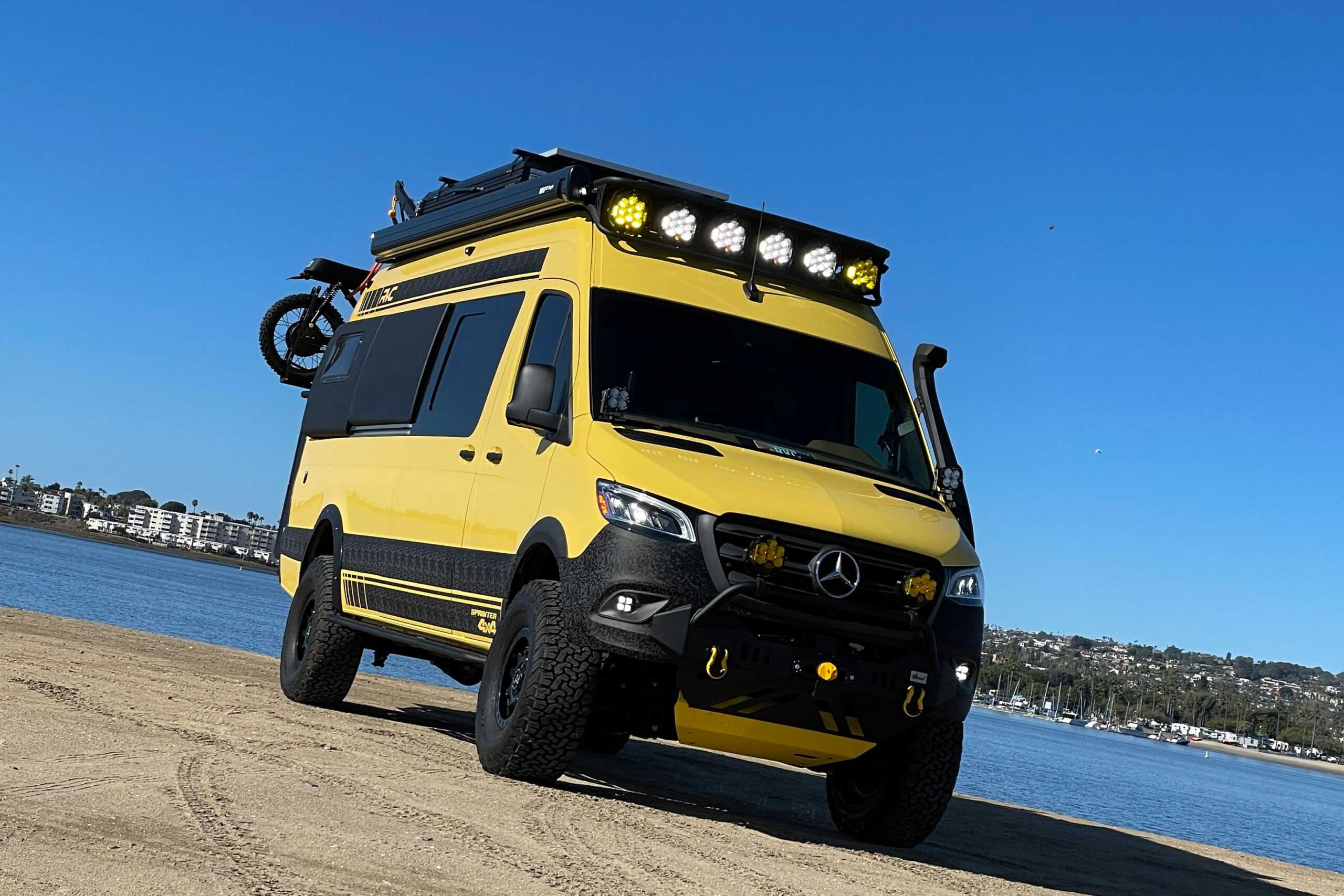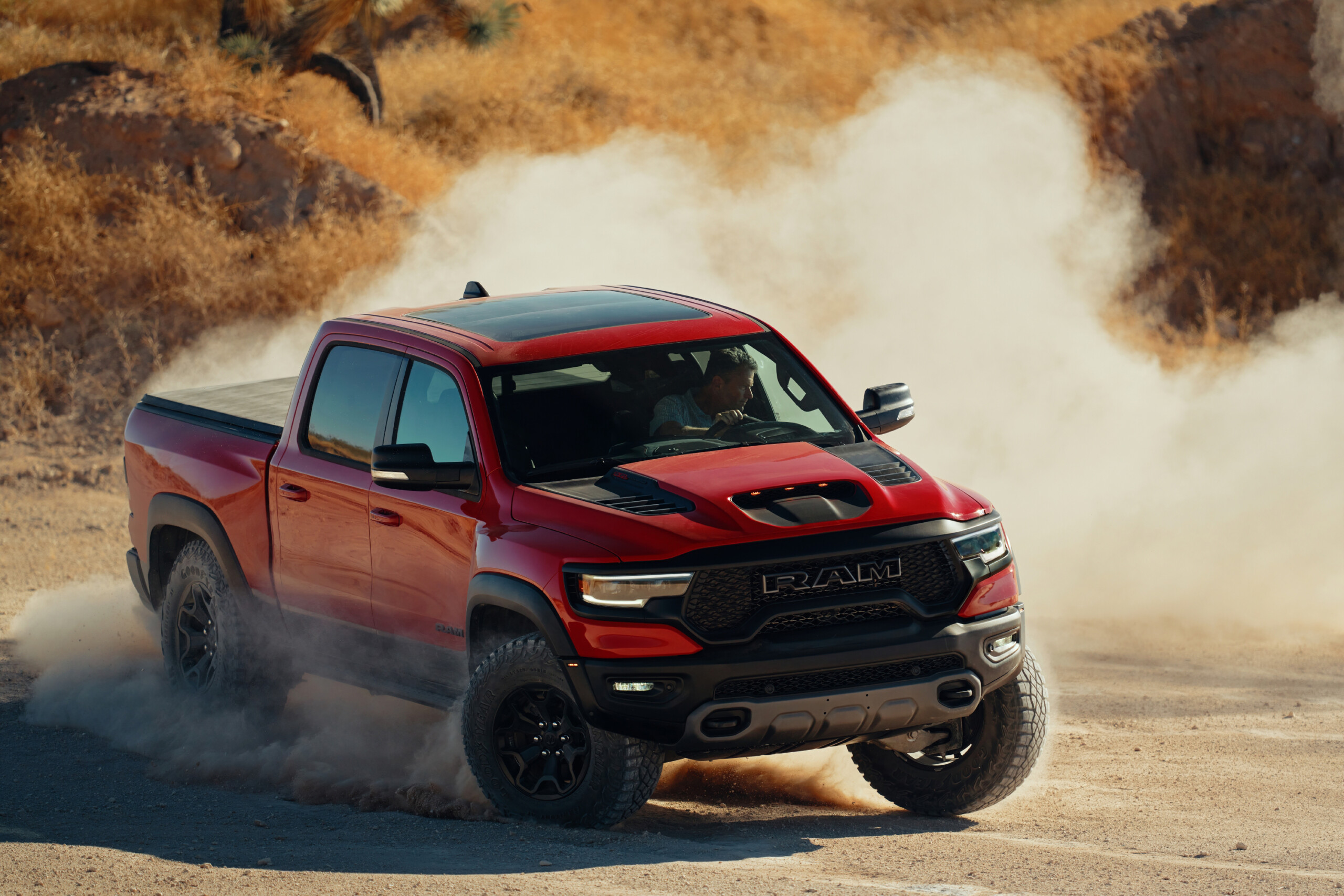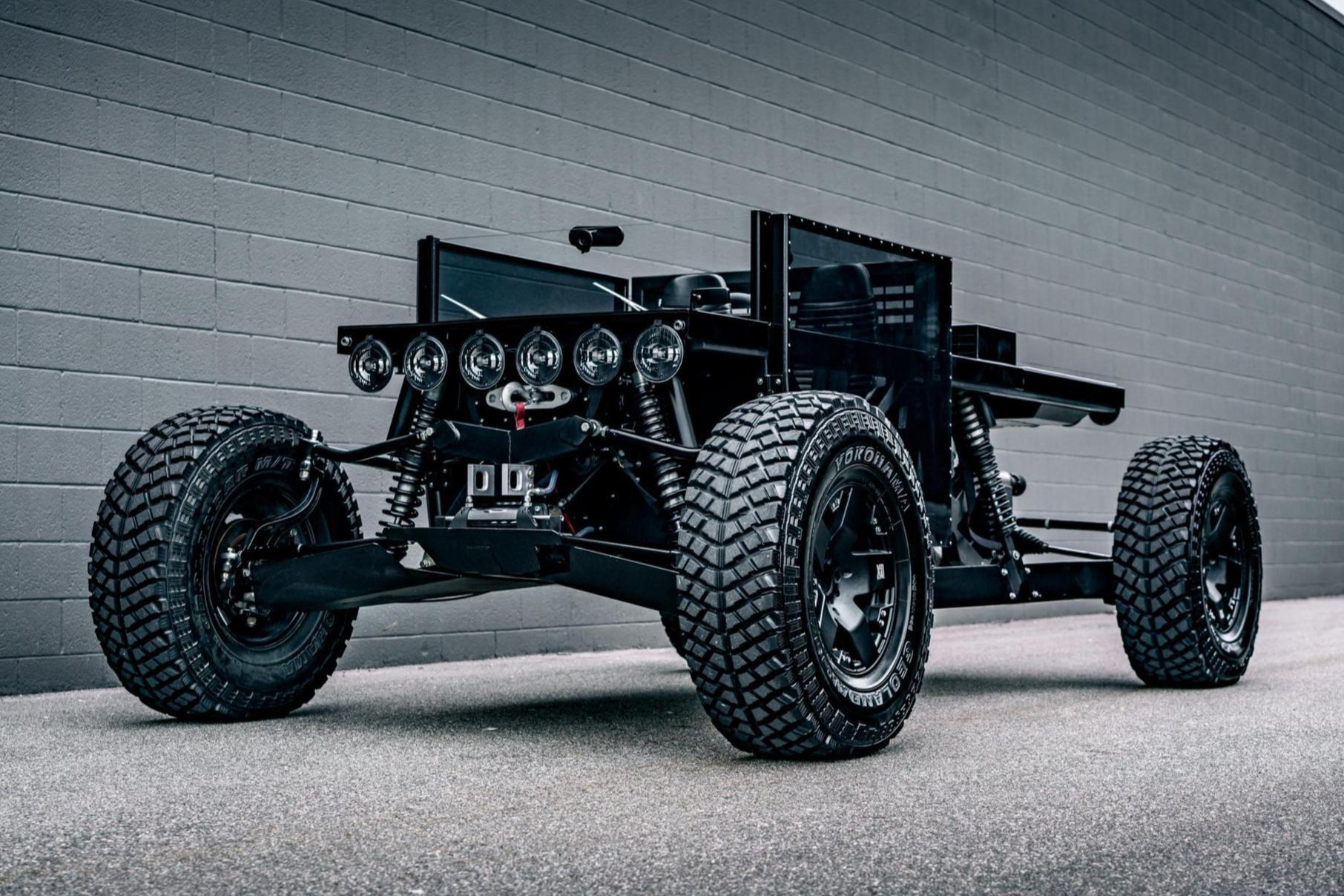Although many off-road enthusiasts love to hate the Ford Raptor for its lack of a V8, it is quite a leap forward from the first generation Raptor and is in a class of its own. Ford used a lot of cool technology in the second-generation Raptor, including a system which allows the truck to switch between 2WD, 4WD, and AWD. In case you didn’t know, AWD and 2WD/4WD are different systems, so having both in one system brings together the best of both worlds.
Four-wheel-drive isn’t for road use, because the front and rear axles cannot rotate at different speeds when the system is engaged, which causes massive drivetrain binding while cornering. On the flipside, by locking the front and rear axles together, you end up with less wheel slip when off-road, resulting in more traction.
All-wheel-drive is perfectly safe for road use because there is a center differential allowing the front and rear axles to rotate at different speeds, eliminating the drivetrain binding. The unfortunate downside is that AWD can allow for 100 percent of the power to be sent to the axle with the least traction, depending on how the system is designed.
The Raptor’s drivetrain, more specifically the transfer case, is nearly identical to a standard 2WD/4WD transfer-case. It has a high and low range for different speed maneuvering, and the ability to switch between 2WD and 4WD. What’s make this transfer-case special is the viscous clutch like you might find in a limited slip differential, between the transfer-case output and the rear differential.
When in 2WD the viscous clutch is disengaged, the front hubs are unlocked, and all power is routed straight through the transfer case to the rear wheels. Once 4WD is engaged, the viscous clutch is still disengaged, the front hubs lock, and the transfer-case locks the front and rear axles together, driving them both equally. In 4-auto, the front hubs are locked, and the transfer-case locks the two axles together, but now the viscous clutch will engage as needed, allowing a difference in speed between both axles, which effectively works like an AWD system except without the center differential.

The difference between AWD and 4WD is the center differential, and 4WD being selectable. Check out our more in-depth AWD vs. 4WD article for more information on how these two work.
What’s incredible about this system, is that when 4-auto is engaged, the transfer case can shuffle power between the axles as needed. For example, if you’re taking a curve on a slippery road and the rear end starts to slide, the system can send less power to the rear to help bring the truck back straight. This kind of system also allows for different driving modes such Normal, Sports, Weather, Mud/Sand, Baja, and Rock/Crawl which lets the truck pick 2WD, 4WD, or AWD based on the mode the driver selects.


















